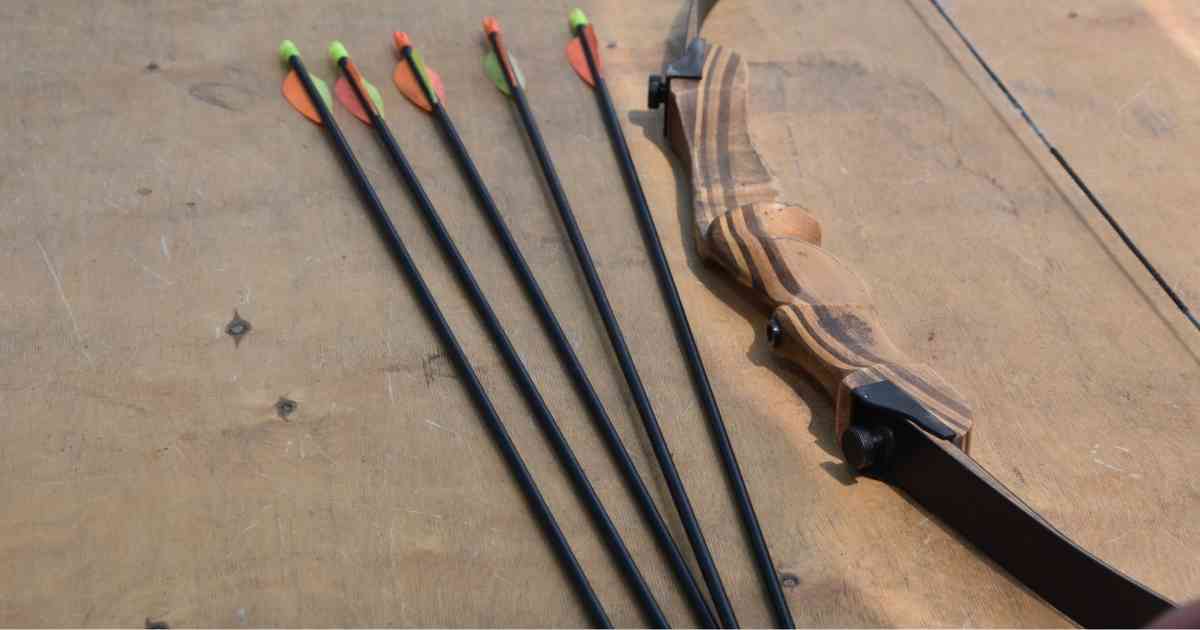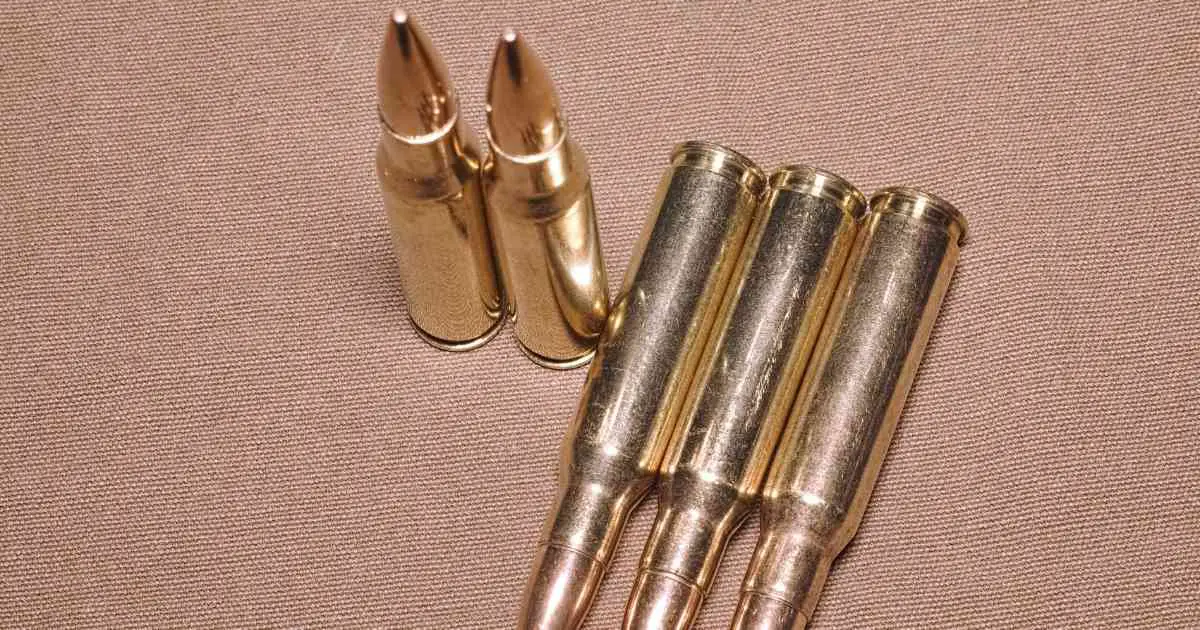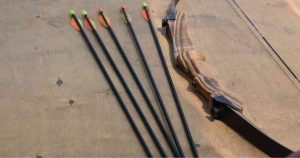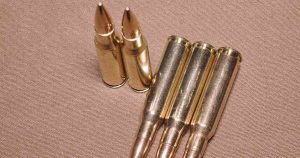So, you’ve found the perfect hunting location, picked the best rangefinder you could lay your hands on, and even brought a few motion decoys into play as well. The one thing you’re missing right now is the knowledge on how to blow a duck call and produce sufficiently realistic sounds.
Picking up the proper techniques for calling is what makes the difference between duck hunting beginners and professionals. What’s more, just like with goose hunting tips and goose calls, the techniques for attracting ducks have evolved considerably.
You simply have to keep up if you don’t want to go home empty-handed.
With this in mind, here’s all you need to know to attract the attention of ducks flying and bring out the true fun of duck hunting!
What Is a Duck Call?
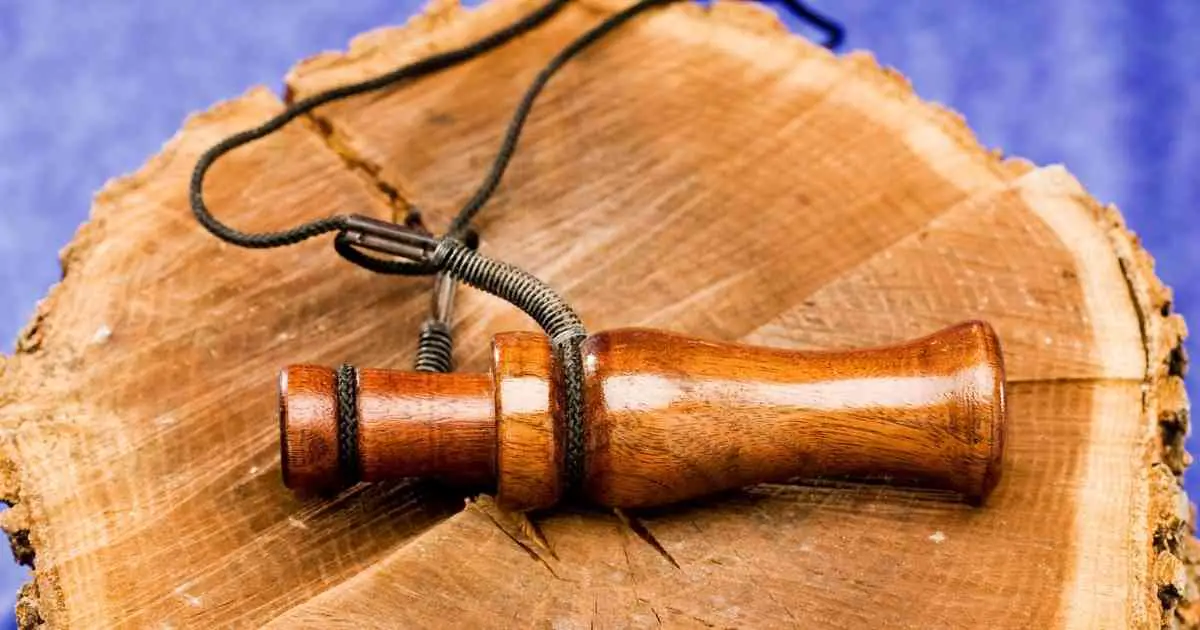
Duck calls are a wide range of sounds made to imitate or mimic ducks and get the attention of birds. A proficient duck caller is likely to bag more game, as they tend to understand the language of ducks better and can use this to lure the birds closer.
A duck call can also be used to describe the tools used to recreate the sound that real ducks make. Since their commercialization in 1863, these tools have quickly replaced the old-time hand-calling technique and are now a common fixture among pro and entry-level duck hunters alike.
How to Blow a Duck Call
Position the bottom lip of the duck call on your bottom lip, put the top lip of the call under your top lip, take a deep breath, and, with the flat of your tongue touching the roof of your mouth, you push air pressure through the call.
Start with getting just one note down at a time first. Once you’ve mastered this, you can move on to two quacks. Run the call as many times as you can till you get a handle on this. Move on to making three quacks and rinse and repeat the steps earlier mentioned.
Do this until you can successfully pull off four-note and five-note quack sequences.
Note: How you position the duck call on your lips will influence the sound you’re able to get from this instrument. Also, keep in mind that you don’t blow into a duck call to run it. Rather, you pressure it.
Just blowing air into calls will only produce a poor-quality duck call. If you want that extra attention-getter, whether it’s for a basic feeding calling technique or a basic duck quack, pressure is what’s most important.
Types of Duck Calls
There are wooden duck calls, polycarbonate duck calls, and acrylic duck calls. Every hunter has a duck call fit for them. Duck hunting beginners who don’t realize this and compensate for that fact may not be able to catch their prey.
Real ducks make several types of sounds, depending on where they are and what they’re doing. These calls will often come in different forms to aid in more effective duck calling.
Here’s all you need to know about these types of duck calls.
Wooden Duck Calls
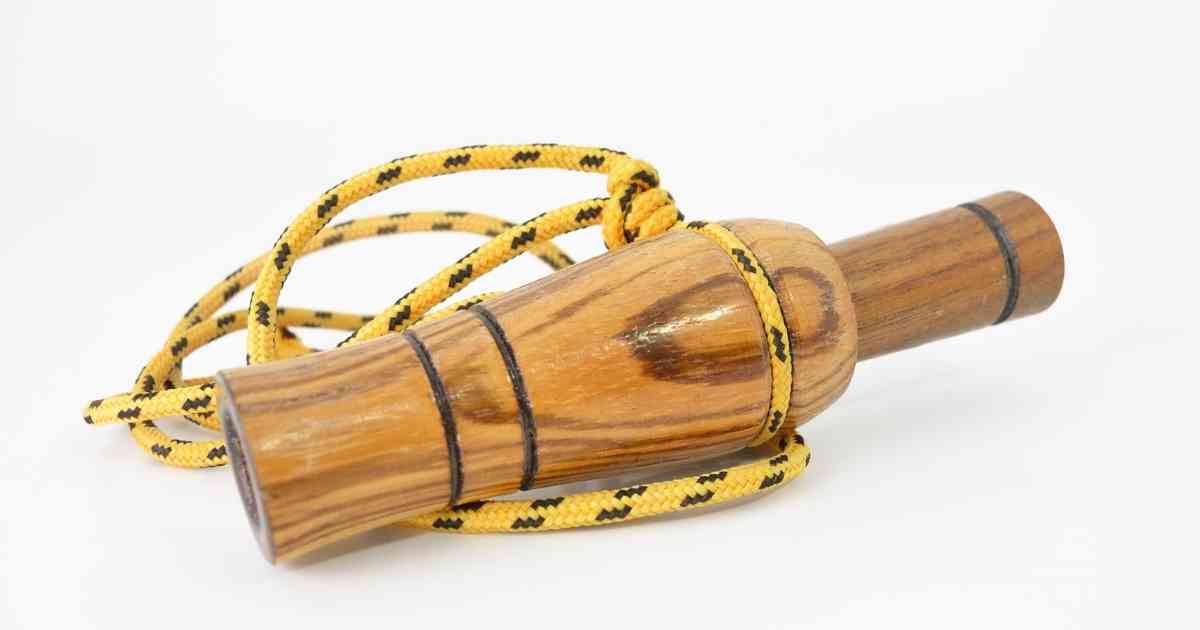
These are one of the oldest types of calls in use at the moment. They’re excellent for creating raspy sounds that, at the hands of a skilled user, will bring in the ducks again and again. The fact that these calls are very affordable is also a big plus.
However, these calls aren’t very durable.
Polycarbonate Duck Calls
These types of duck calls are made by melting solid polycarbonate into a liquid and injecting the molten substance into a mold to take form. It’s the most popular call among beginner duck callers.
That said, you’ll still find this call hanging around the necks of a few professional waterfowl guides as well because of its exceptional level of durability.
Acrylic Duck Calls

This is the best type of call out there. Professional callers are more partial to acrylic calls because of the notable differences in the duck sound that it produces when compared to other calls.
It hits all the right notes, enhances cadence, and has the ideal level of versatility for perfect duck call creation. What’s more, duck call color influences density, and the fact that this material is transparent only further adds to its quality.
This is usually the most expensive option you can go for. This is because the acrylic material itself is costly for even the manufacturers to procure. Having said that, the high level of durability of this call makes it a worthwhile investment overall.
Other Variables to Consider When Choosing Your Duck Call
Apart from the material, the number of reeds and the duck call color are other essential factors to consider. This is because these elements influence the overall ease of use of this device.
For instance, we’ve mentioned earlier that color affects the notes produced by a call. In this regard, a transparent acrylic call is better than polycarbonate or wooden call for novice duck callers.
In the same vein, you can get single or double-reed duck callers. However, amateur duck hunters are better off with single reeds as it takes a considerable amount of skill to bring the best out of double-reed duck calls.
If you want to hit a series of varied duck sounds and notes quickly, you should consider getting a brand name single reed acrylic duck call.
Common Call Types (And When to Make Them)
There’s the greeting call for attracting faraway birds, there’s the lonesome hen call, for reeling in shy ducks, and there’s the begging hail call for pleading with flying ducks 200 yards above your standing position. There’s also the hail call for attracting close-range ducks.
Even if you have several CDs of duck calls, if you don’t know when and where to use the right duck sound, you still might come up short. A big part of making sure you get things right involves learning how to accurately interpret which sound a given situation calls for.
Here’s more on some popular duck call types and the best times to use them.
The Hail Call
This call is used to attract birds that are only a little more than a hundred yards away. It’s arguably the most popular duck call because it effectively brings the birds in. It’s a loud duck sound that has a very high success rate, as long as you get your timing right.
The Greeting Call
This call type is made to attract the extra attention of ducks flying far away. It has the characteristic “Kanc, Kanc, Kanc” sound and is made with descending volume.
If the ducks hear this sound but don’t respond, you can follow up with a comeback call. If the comeback call is executed properly, you’ll hear a prompt response from the ducks. This usually consists of five to seven sharper and faster notes.
The Lonesome Hen Call
This call is made to gain the attention and interest of the lone duck. It’s given as just one long and spaced-out “Quaaaink” sound. This sound is essentially a derivative of the basic quack.
It’s an important call to learn because you can easily run into ducks that’ll remain unresponsive, no matter which sounds you make.
Even though this sound is very effective for pulling in call-shy birds, you have to be careful not to issue it too quickly, as it might have the opposite effect and send the ducks scampering.
The Begging Hail Call
Also referred to as the pleading call by some duck hunters, it comprises a total of six “Kanc” sounds targeted at getting the attention of ducks 200 yards above your current standing position. For maximum effect, it’s best to draw this sound out and not rely on it too often.
Best Practices for Novice Duck Hunters

Develop a good quality quack before you go hunting, mind the volume of your calls, pick the best duck calls for you, don’t over-call, and always practice.
The best hunters today were once novice duck hunters themselves so it’s okay to not hit the ground running. However, you should try to cover your bases.
This starts with making sure you have your quacks down perfectly and can produce realistic sounds at will.
While doing this, ensure that you have a handle on the call volume as well. Too loud and you scare your prey away, too low and they don’t even hear you. Also, don’t over-call as this is a dead giveaway to the birds that something’s amiss.
The type of duck call you have is also important as well. Make sure you consider variables like price, quality, and durability when making this decision.
Finally, you can never practice duck calls enough. Practicing is always a huge plus. So, watch videos on YouTube, read some of our other duck hunting articles, or even get CDs on how to make the perfect duck sound.
Conclusion
And there you have it!
How to blow a duck call simply and proficiently. With this added to your repertoire of skills, you’ll be able to turn your luck around and take down as many ducks as you want.
See the best duck calls to get in 2022 and learn more great duck hunting tips here!


